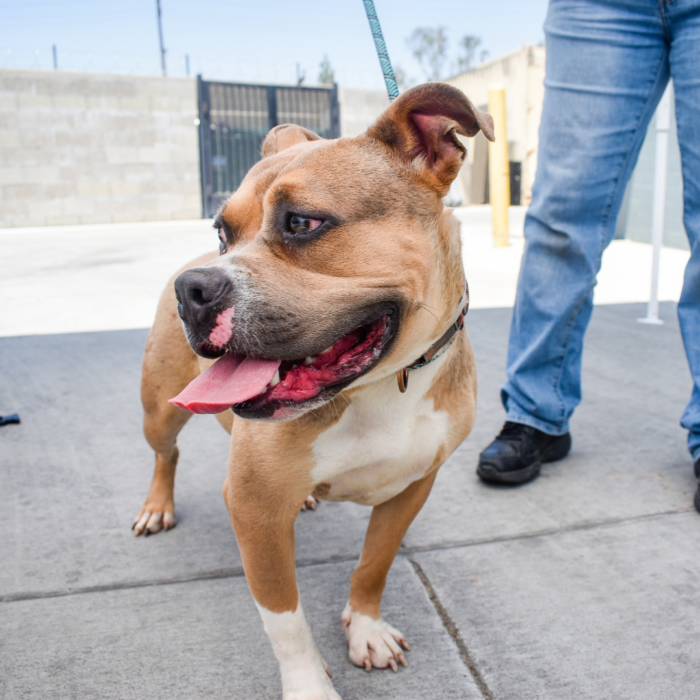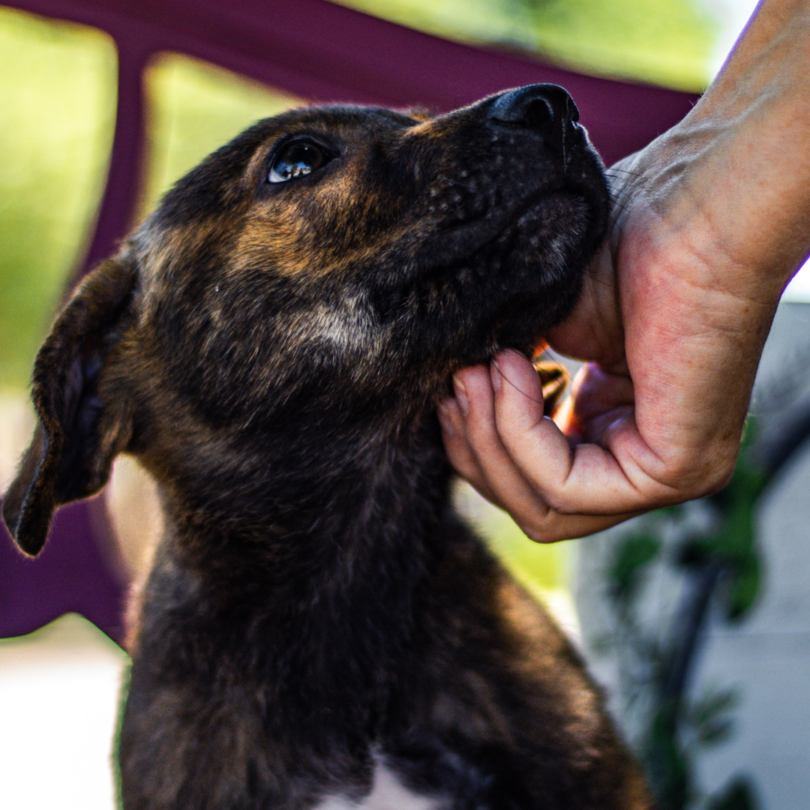On episode 63, Lisa Mullinax and I discuss the risk assessment of canines and the many variables we consider when working on a case. Determining whether a dog will be at risk of doing harm to another can be a difficult process and one that needs a compassionate, nuanced, and multi-tiered approach. Our risk assessment perspective gives us a comprehensive look at the dog’s environment and the many factors that can affect their behavior. Watch our conversation on my YouTube Channel.
What is risk assessment for dogs?
The definition of risk assessment is a systematic process of evaluating the potential risks that may be involved in a projected activity or undertaking.
Risk assessment for dogs in the shelter is when behavior professionals determine whether or not an animal is safe for the public. Without knowing much of their behavior history or about their reactions to stress or stimulus, behavior professionals observe the animal in a variety of settings to determine whether or not they should be placed for adoption, enrolled in a behavior modification program, or enter a foster home to either gather more information about the animal and/or provide them a home environment to decompress. In some rare cases, euthanasia might be the most humane choice.
In private practice, the behavior consultant asks a series of questions to understand the many variables at play when assessing risk of the situation. That way a thorough management and training plan can be tailored specifically to the dog and household.
What are some important factors when assessing risk for dogs?

- Behavior severity
- Consistency – does this behavior happen in the same way and with the same severity every time? Or does it progressively get worse depending on the triggers and the context?
- Frequency – How often does this behavior occur?
- Complexity – are there multiple triggers that cause the animal fear, anxiety, and stress, and/or certain types of people/dogs this behavior is directed toward?
- Bite history – circumstances surrounding the bite, the bite level, did the dog show warning signs prior to the bite?
- Triggers
- Identification – when triggers are difficult or impossible to identify it can make the dog higher risk.
- Manageability/Prevention – management always fails at some point, how much risk is involved when it fails for this particular dog? How many layers of management are needed? Is the problematic/risky behavior easily pinpointed to a specific situation that can be avoided?
- Predictability – management is more successful if triggers are identifiable and predictable. Example: If the dog resource guards one particular type of chewie, then the situation can be managed by either not giving the dog that type of chewie or giving it in a controlled environment, compared to a dog that guards all food items.
- Choices
- Avoidance or approach – did the dog choose to avoid or approach the person in order to threaten or bite?
- Offensive or defensive – as a reaction to human action, did the dog become defensive or go on the offensive?
- Quality of Life – how difficult are these behaviors to modify in the shelter environment? Being in the shelter adds a layer of stress and instability. It’s not always possible to find a foster home able to take a dog with severe behavioral needs. The question must be asked: will this dog suffer even more by staying in the shelter longer in order to modify these behaviors?

